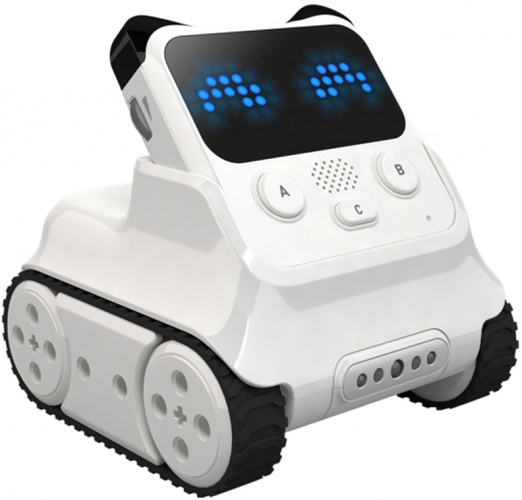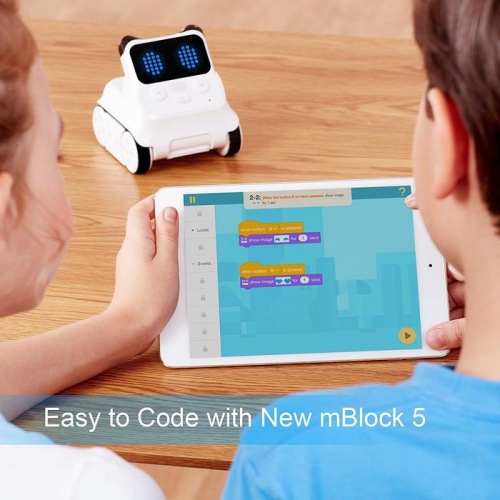Create and debug simple programs.
Use logical reasoning to predict the behaviour of simple programs.
Design, write and debug programs that accomplish specific goals, including controlling or simulating physical systems; solve problems by decomposing them into smaller parts.
Use sequence, selection, and repetition in programs; work with variables and various forms of input and output.
Use logical reasoning to explain how some simple algorithms work and to detect and correct errors in algorithms and programs.
Learn to analyse problems in computational terms
Be responsible, competent, confident and creative users of information and communication technology.
Design and develop modular programs that use procedures or functions.
Learn to evaluate and apply information technology, including new or unfamiliar technologies, analytically to solve problems.
Understand and apply the fundamental principles and concepts of computer science, including abstraction, logic, algorithms and data representation.
Understand how data of various types can be represented and manipulated digitally, in the form of binary digits.
Understand how numbers can be represented in binary, and be able to carry out simple operations on binary numbers.
Understand several key algorithms that reflect computational thinking.
Understand simple Boolean logic and some of its uses in circuits and programming.
Understand the hardware and software components that make up computer systems.
Undertake creative projects that involve selecting, using, and combining multiple applications, preferably across a range of devices.
Use two or more programming languages, at least one of which is textual, to solve a variety of computational problems.
Develop and apply their analytic, problem-solving, design, and computational thinking skills.
Develop their capability, creativity and knowledge in computer science, digital media and information technology.
Identify and solve their own design problems and understand how to reformulate problems given to them
Select, use and combine a variety of software on a range of digital devices to design and create a range of programs, systems and content that accomplish given goals, including collecting, analysing, evaluating and presenting data and information.
Participate successfully in an increasingly technological world
Investigate new and emerging technologies
Apply computing and use electronics to embed intelligence in products that respond to inputs, and control outputs, using programmable components
Design, use and evaluate computational abstractions that model the state and behaviour of real-world problems and physical systems.
Recognise common uses of information technology beyond school.
Undertake creative projects that involve selecting, using, and combining multiple applications, preferably across a range of devices, to achieve challenging goals, including collecting and analysing data and meeting the needs of known users.
Understand the hardware and software components that make up computer systems, and how they communicate with one another and with other systems.
Understand simple Boolean logic [for example, AND, OR and NOT] and some of its uses in circuits and programming; understand how numbers can be represented in binary, and be able to carry out simple operations on binary numbers.
Understand how instructions are stored and executed within a computer system; understand how data of various types (including text, sounds and pictures) can be represented and manipulated digitally, in the form of binary digits.
Understand and use electrical systems in their products
Understand what algorithms are; how they are implemented as programs on digital devices; and that programs execute by following precise and unambiguous instructions.





User reviews for Codey Rocky
You need to log in to post a review.